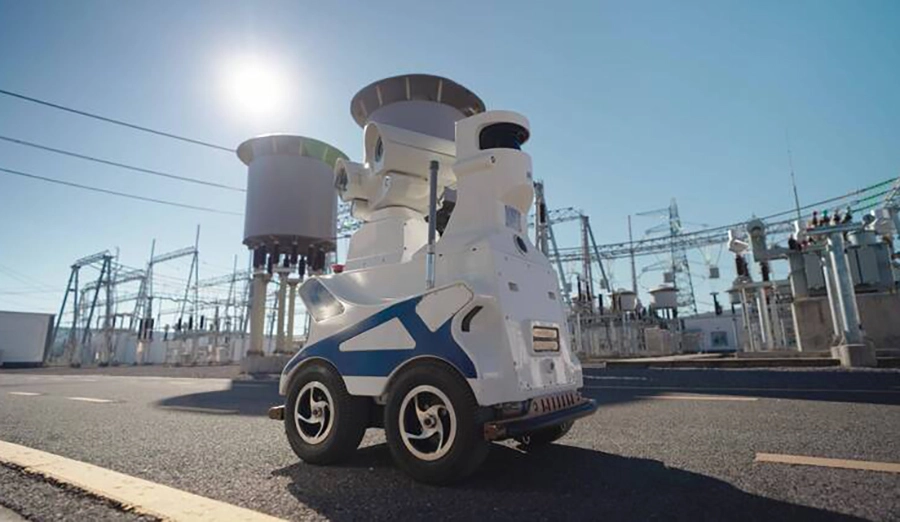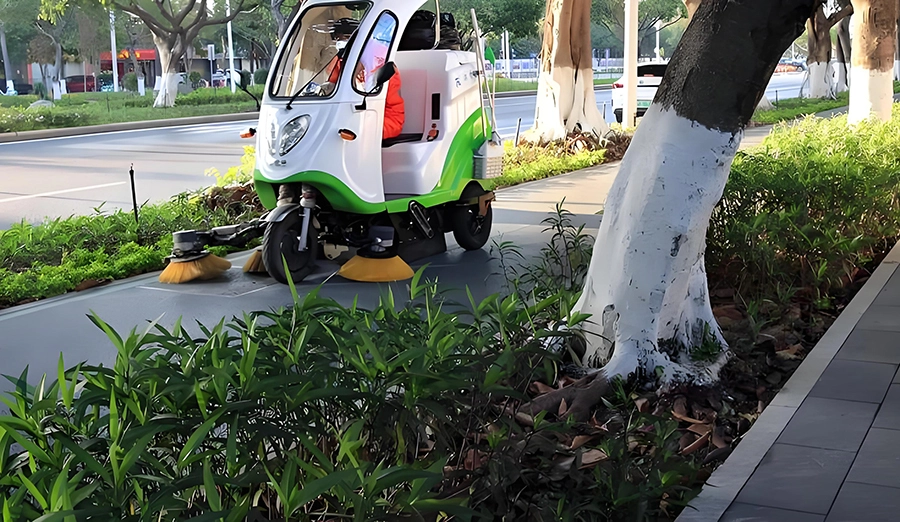
WIRELESS CHARGING IN THE NEWS

Wireless charging technology provides a more efficient, reliable and low-maintenance energy solution for photovoltaic panel automatic cleaning robots, which conforms to the intelligent and automated development trend of the photovoltaic industry. Through unmanned operation, environmental adaptability and intelligent electronic control management, wireless charging has significantly enhanced the economic efficiency and sustainability of photovoltaic power station operation and maintenance.


The WIRELESSPT wireless charging solution includes an adaptive charging terminal and a mobile receiving terminal. When the photovoltaic cleaning robot needs to be charged, it will move autonomously to the vicinity of the charging station and charge wirelessly through the adaptive charging terminal without human intervention.


Choosing WIRELESSPT means choosing to provide your courtyard cleaning robot with lasting power and intelligent management, allowing technology to truly serve life and enjoy worry-free courtyard leisure time.


WIRELESSPT has become a leader in the field of wireless charging for drones, thanks to its customized solutions, efficient charging technology and intelligent management system. Whether you are engaged in agriculture, power, logistics or rescue industries, we can provide you with the most reliable charging support.


Choosing WIRELESSPT means choosing reliable and efficient cutting-edge charging technology. Let's join hands to promote the development of unmanned vessel technology and create a new era of intelligent waterborne operations together.


WIRELESSPT backrest roller AGV material handling robot wireless charger, with its outstanding performance, reliable quality and innovative technology, provides a perfect solution to the charging problem of AGV robots. It is believed that under the leadership of WIRELESSPT, the wireless charging technology for AGV robots will embrace an even more brilliant future


The WIRELESSPT swimming pool cleaning robot wireless charger, with its numerous advantages such as free cleaning, efficient charging, safety and reliability, intelligence and convenience, strong compatibility, and environmental protection and energy conservation, has become an outstanding choice in the new era of swimming pool cleaning.


The wireless charger for the WIRELESSPT Space crawler-type photovoltaic cleaning robot is an important innovation in the field of photovoltaic cleaning. It has solved many problems of traditional charging methods and provided a strong guarantee for the efficient operation of photovoltaic power stations.


The wireless charging solution for dry-hanging photovoltaic cleaning robots represents a major innovation in the field of photovoltaic cleaning. It not only overcomes the limitations of traditional charging methods, enhances the working efficiency and reliability of dry-hung photovoltaic cleaning robots, but also provides strong support for the intelligent maintenance of photovoltaic power stations.


The wireless charging solution for the intelligent inspection robot of the computer room track is an efficient, reliable and safe charging solution. It provides strong support for the intelligent operation and maintenance of the computer room and will drive the operation and maintenance level of the computer room to a new stage.


The wireless charging solution for livestock breeding robots provides strong technical support for smart breeding and will promote the development of the livestock industry towards intelligence and modernization. We believe that with the assistance of wireless charging technology, livestock breeding will embrace an even brighter future.


The wireless charging solution for intelligent four-way shuttle robots represents a significant innovation in the logistics and warehousing industry. It not only overcomes many drawbacks of traditional wired charging methods, enhances the utilization efficiency and lifespan of intelligent four-way shuttle robots, but also brings a more efficient, safe and convenient charging experience to warehousing operations.
